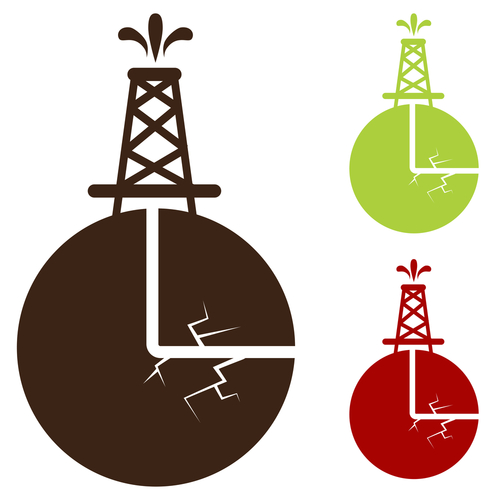Industrial reuse
 |
Reclaimed water can be used in industrial applications and facilities, power production, and extraction of fossil fuels.
When reclaimed water was first used for industrial purposes (dating back to the first pulp and paper industries), it was generally treated and reused on-site. As water resources in the arid states have become increasingly stressed (especially in the Southwest and California) and availability of groundwater sources are becoming extremely limited (even in what we would consider water-logged Florida), municipal facilities have started to produce reclaimed water for irrigation, industrial, and power company users.
5 reasons to think about using recycled water
- Fewer restrictions
Recycled water is not subject to restrictions caused by drought or water conservation measures or regulations. The federal government has rules for cooling water intake structures, which apply to the intake of water, not to the discharge. Many states have developed regulations, which differ dramatically from state to state, restricting large withdrawals of surface water and groundwater.
Attend the Water Reuse and Recycling webinar on March 11 to start building the water reuse and recycling program that’s right for your facility. Learn more.
- Technology is getting better and cheaper
With the growing scarcity of water, municipalities and industries are more inclined to explore and implement options that at one point were considered economically infeasible. For instance, desalination was once considered outside the scope of affordability. Desalination plants are now a reality in Florida, California, and Texas where both seawater and brackish groundwater are being processed. According to the Texas Water Board, the cost of desalinating brackish groundwater is becoming more competitive, and several communities such as those in the Lower Rio Grande Valley are already using desalinated water on a regular basis for their municipal supply.
Another example is the recycling of frac fluids in hydraulic fracturing (fracking) operations. Recycling of oilfield wastewater, for which there are a growing number of emerging technologies, can mitigate the need to source, transport, and dispose of water underground.
Many manufacturers have realized the benefits of closed-loop systems, which have been in use in industry for a number of years. Although the upfront costs may be significant, there are significant benefits, including a reduction in direct water costs, a guarantee of water purity, and reduced maintenance costs.
As with any innovations, technology, often driven by need, becomes better and cheaper as alternatives increase.
- Costs of hauling water
As one example, in fracking operations, the cost to transport water to and from a well is a significant cost. For example, a typical well in the Marcellus shale costs about $6 million to complete. About one-third of this cost ($2 million) is for transportation of the water to and from the well. In addition, competition for water sources drives up this cost.
Water Reuse and Recycling: How to Diversify Your Water Supply for Higher Efficiency
Implement a water reuse and recycling program to ensure your facility can keep operating even when faced with a water shortage. Register today!
- Increased financing options
Low-interest government loans will be available for corporations interested in water recycling. Title V of the Water Resources and Reform Development Act, passed in June 2014, contains the Water Infrastructure and Finance and Innovation Act (WIFIA). WIFIA complements the Clean Water State Revolving Fund (CWSRF), in part, by making loans available not only to municipalities and nonprofit organizations but also to private operations under certain conditions. Under WIFIA, eligible assistance recipients range from corporations and partnerships, to municipal entities, to State Revolving Fund programs. The EPA recently opened the Water Infrastructure and Resiliency Finance Center to increase infrastructure projects and investments. Eligible projects include (but are not limited to) reusing or recycling wastewater, stormwater, or subsurface drainage water. In the EPA component of the President’s 2016 budget, $50 million is provided for technical assistance, training, and other efforts to enhance the capacity of communities, states, and private investors to plan and finance drinking water and wastewater infrastructure improvements. Funding is included to advance administrative efforts necessary for a future Water Infrastructure Finance and Innovation Authority program, and to, in part, support the water finance center.
- Good for the environment = good for your PR
It is well recognized that the use of reclaimed water is good for the environment. While some community outreach is required by law and/or your permit, it is always a good idea to keep your neighbors informed as to any “green” or sustainable efforts you are making at your facility. This not only promotes good will, but also allays any rumor-mill issues when you are making changes.
